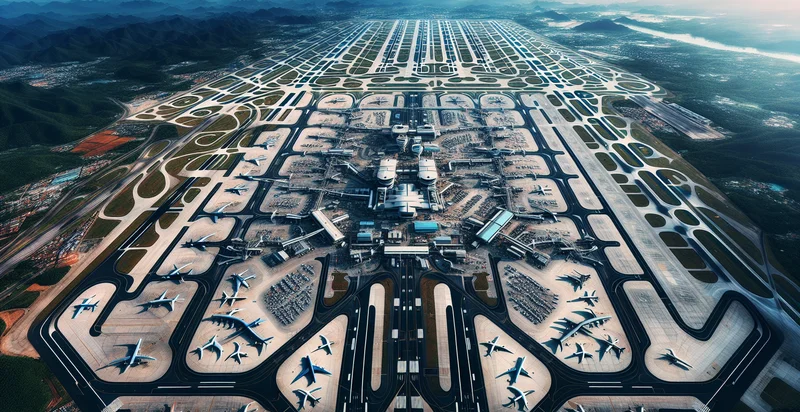Identify aerial views of highways
using AI
Below is a free classifier to identify aerial views of highways. Just upload your image, and our AI will predict if the highway is congested - in just seconds.

Contact us for API access
Or, use Nyckel to build highly-accurate custom classifiers in just minutes. No PhD required.
Get started
import nyckel
credentials = nyckel.Credentials("YOUR_CLIENT_ID", "YOUR_CLIENT_SECRET")
nyckel.invoke("aerial-views-of-highways", "your_image_url", credentials)
fetch('https://www.nyckel.com/v1/functions/aerial-views-of-highways/invoke', {
method: 'POST',
headers: {
'Authorization': 'Bearer ' + 'YOUR_BEARER_TOKEN',
'Content-Type': 'application/json',
},
body: JSON.stringify(
{"data": "your_image_url"}
)
})
.then(response => response.json())
.then(data => console.log(data));
curl -X POST \
-H "Content-Type: application/json" \
-H "Authorization: Bearer YOUR_BEARER_TOKEN" \
-d '{"data": "your_image_url"}' \
https://www.nyckel.com/v1/functions/aerial-views-of-highways/invoke
How this classifier works
To start, upload your image. Our AI tool will then predict if the highway is congested.
This pretrained image model uses a Nyckel-created dataset and has 2 labels, including Empty Highway and Highway With Traffic.
We'll also show a confidence score (the higher the number, the more confident the AI model is around if the highway is congested).
Whether you're just curious or building aerial views of highways detection into your application, we hope our classifier proves helpful.
Related Classifiers
Need to identify aerial views of highways at scale?
Get API or Zapier access to this classifier for free. It's perfect for:
- Traffic Flow Analysis: This use case involves utilizing aerial image classification to analyze traffic patterns on highways. By identifying congestion points and traffic densities from aerial views, transportation authorities can optimize traffic management and improve road safety.
- Infrastructure Monitoring: Aerial views can be employed to monitor the condition of highway infrastructure, such as bridges and overpasses. Regular classification of these images helps in identifying wear and tear, enabling timely maintenance and improving overall roadway safety.
- Urban Planning and Development: City planners can use aerial image classification to assess the impact of highways on surrounding urban areas. This analysis can guide decisions on zoning, expansion of road networks, and integration of public transport systems, ensuring sustainable city development.
- Environmental Impact Assessment: Organizations can leverage aerial views to evaluate the environmental impact of highways on surrounding ecosystems. By identifying land usage and ecological disturbances, stakeholders can make informed decisions regarding highway expansions or modifications to minimize adverse effects.
- Accident and Incident Analysis: Aerial image classification can be used to analyze accident-prone areas on highways. By identifying patterns in accident occurrences, authorities can implement preventive measures, such as improved signage, barriers, or redesigns of high-risk locations.
- Asset Management for Transportation Agencies: By classifying aerial images, transportation agencies can maintain an accurate inventory of assets along highways, such as signage and road markings. This information supports budgeting and resource allocation for maintenance and upgrades.
- Smart City Integration: Aerial views can aid in the integration of smart technologies in highway systems. By classifying and analyzing data on traffic, infrastructure, and environmental conditions, cities can develop intelligent transportation systems that enhance urban mobility and decrease congestion.


